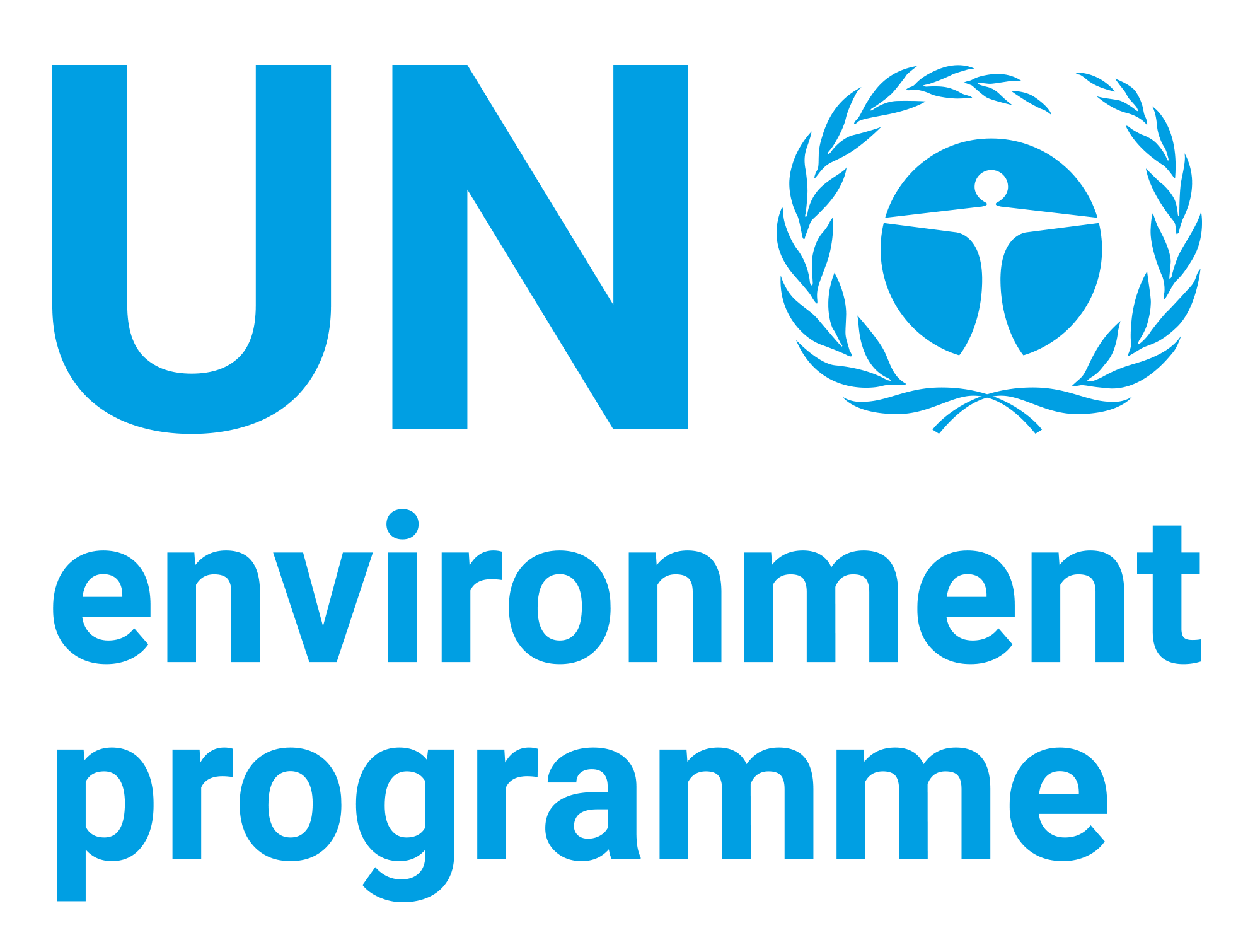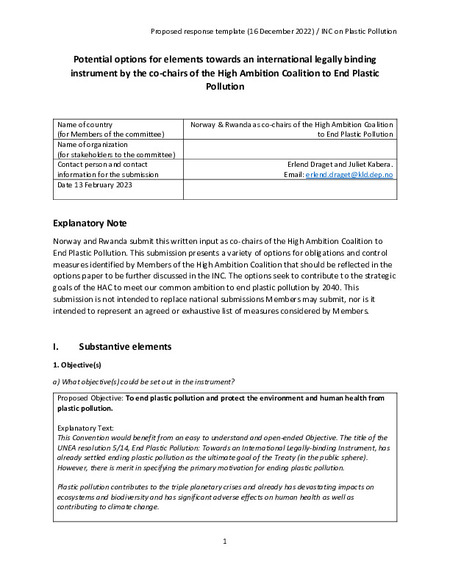AMAP Assessment 2002: Human Health in the Arctic

Date
2002Author
Arctic Monitoring and Assessment Programme (AMAP)
Citation Tool
Bibliographic Managers
RT Generic T1 AMAP Assessment 2002: Human Health in the Arctic A1 Arctic Monitoring and Assessment Programme (AMAP) YR 2002 LK https://wedocs.unep.org/20.500.11822/8658 PB AMAP AB TY - GEN T1 - AMAP Assessment 2002: Human Health in the Arctic AU - Arctic Monitoring and Assessment Programme (AMAP) Y1 - 2002 UR - https://wedocs.unep.org/20.500.11822/8658 PB - AMAP AB - @misc{20.500.11822_8658 author = {Arctic Monitoring and Assessment Programme (AMAP)}, title = {AMAP Assessment 2002: Human Health in the Arctic}, year = {2002}, abstract = {}, url = {https://wedocs.unep.org/20.500.11822/8658} } @misc{20.500.11822_8658 author = {Arctic Monitoring and Assessment Programme (AMAP)}, title = {AMAP Assessment 2002: Human Health in the Arctic}, year = {2002}, abstract = {}, url = {https://wedocs.unep.org/20.500.11822/8658} } TY - GEN T1 - AMAP Assessment 2002: Human Health in the Arctic AU - Arctic Monitoring and Assessment Programme (AMAP) UR - https://wedocs.unep.org/20.500.11822/8658 PB - AMAP AB -View/Open
Item Statistics
Display item statisticsMetadata
Show full item recordDescription
The Arctic Monitoring and Assessment Programme (AMAP) was established in 1991 to monitor identified pollution risks and their impacts on Arctic ecosystem. This human health assessment considered the health risks associated with the exposure to contaminants in relation to other lifestyle factors that affect health. It established that in the Arctic region, the Inuit population in Greenland and Canada face the highest exposures levels to various POPs and mercury. These levels are linked to consumption of marine food sources as part of their traditional diets. It therefore recommends that monitoring of Hunan exposure to mercury, relevant POPs, including dioxin and dioxin-like compounds and other chemicals of concern, be continued in order to estimate risks, and further elaborate the geographical trends, in order to establish time trends of exposure.
Collections
Document Viewer
To read more, scroll down below.
Related items
Showing items related by title, author, creator and subject.
-
the High Ambition Coalition to End Plastic Pollution's written submission on the options for the legally binding instrument to end plastic pollution, including in the marine environment.
Norway & Rwanda as co-chairs of the High Ambition Coalition to End Plastic Pollution (2023-02-13) -
Chinese - Draft resolution on a framework for addressing plastic product pollution, including single-use plastic product pollution (version of 28 January 2022)**
United Nations Environment Programme (17/02/2022)




